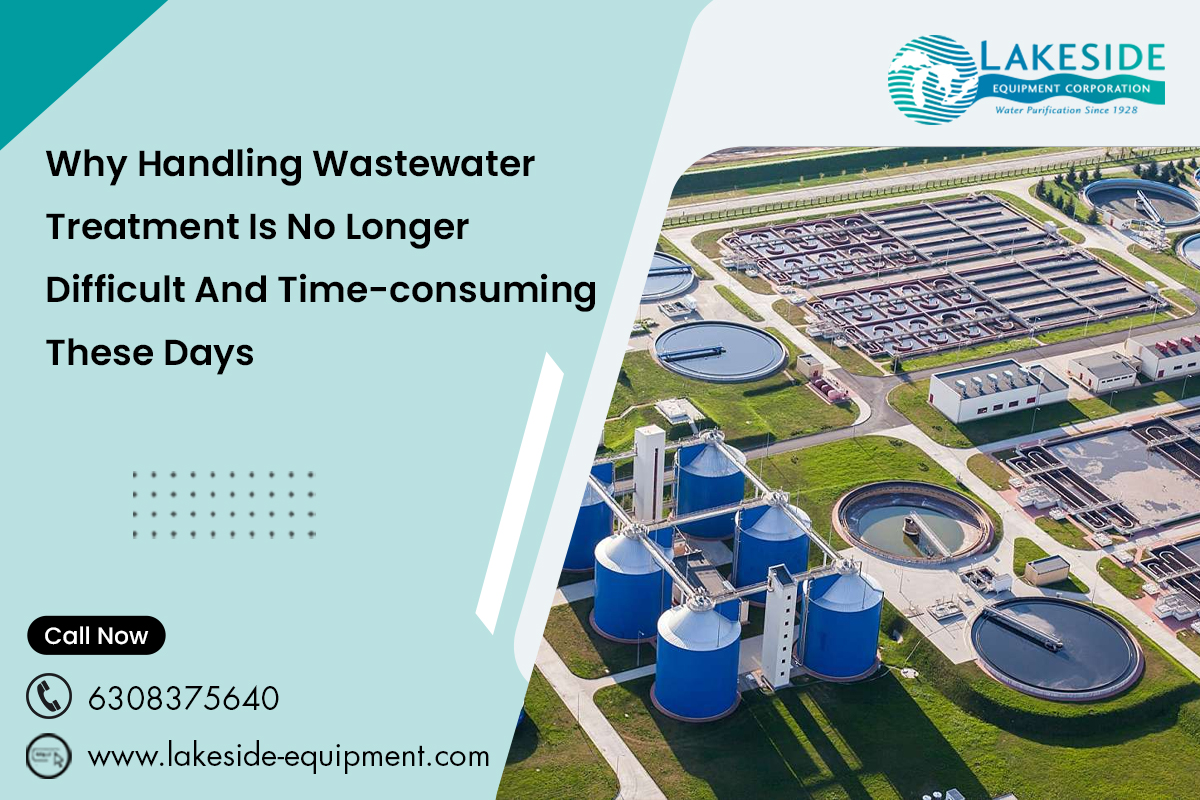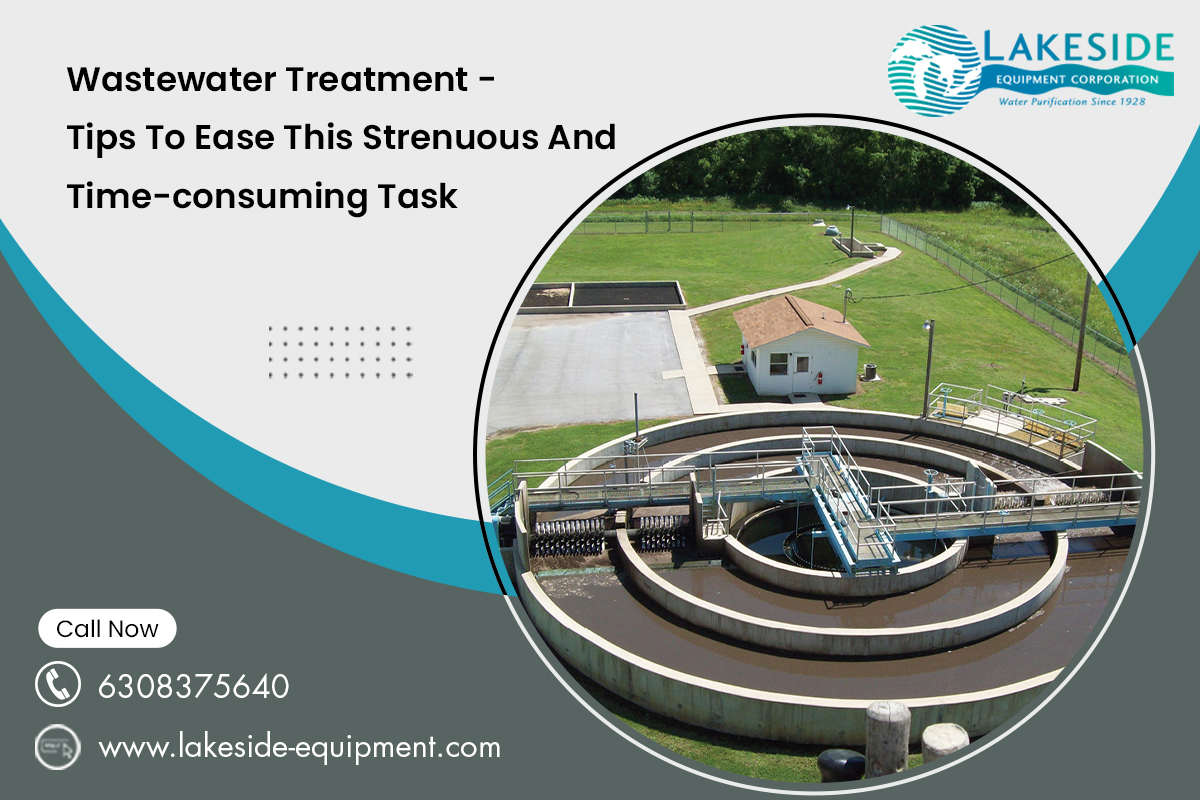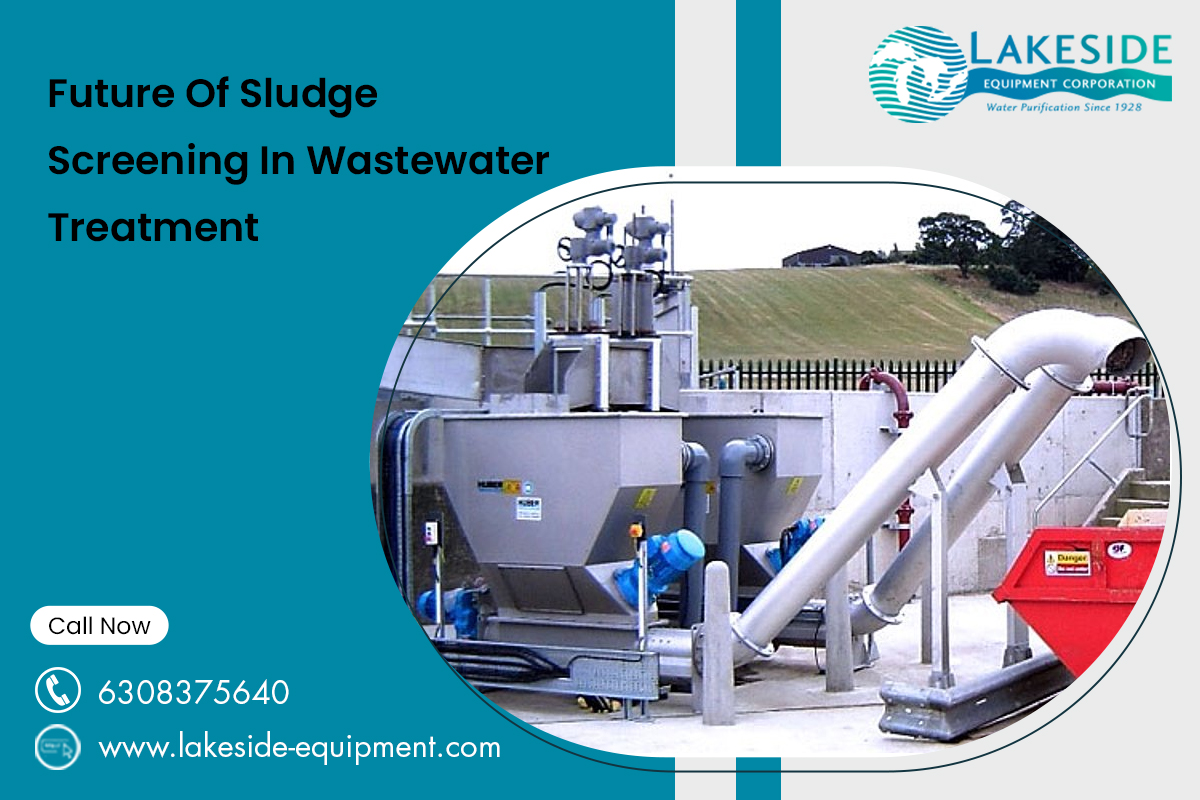Wastewater Treatment for Water Reuse and Conservation

The most valuable resource on earth is water, and it is also one of the most ill-managed resources. Industries, municipalities, and households generate millions of gallons of wastewater every day. Though a significant portion of it used to be deemed unusable, current wastewater treatment technologies have altered the situation. With sophisticated purification and reclamation facilities, the waste can be transformed to be a source of clean water for the farming sector, industry, and even household consumption. The core of this change is simply a rising consciousness that conserving water is not an option anymore, but rather a necessity. Reuse of treated wastewater presents a potential solution towards long-term sustainability in the United States, where droughts and water scarcity issues plague most of the states. Wastewater Treatment and its application in sustainability Wastewater treatment refers to the act of eliminating impurities in used water in order to make it safe in terms of...













